CASCINA ZAN SUPERFOOD
“I had submitted a project on truffle cultivation and goji berries growing. Among the lands available through the Terre Originali Call for Proposals, this one in Cascina Zan was the most suitable for truffles. This is how I got here” explains Giovanni, as we walk amongst the hazelnut trees. We planted the trees in October 2019. “The exposure is southeast or southwest, just perfect. Soil granolumetry and pH are also suitable for truffles. The trees should start producing from year five. And five years later I should also be able to harvest hazelnuts” he explains.
In practical terms, spores have been attached to the roots of the sprouting saplings, ensuring a production of black summer truffles. “The White Truffle of Alba, celebrated every year in the Langhe with an international trade fair, cannot be grown, so I chose this one because of its maturation period: in the summer it doesn’t compete with white truffle, which is dug out in autumn, and this often means having easier access to the market,” says Giovanni. “Moreover, in the summer there aren’t many people around these hills looking for truffles, whereas if I had grown the prized black truffle, which also matures in autumn, I would have had to watch out for theft,” he adds.
Among summer truffles varieties, Giovanni chose the hooked one “because it is the most suitable for processing”. Giovanni wants to turn it into truffle-flavoured spreads or use it to flavour extra virgin olive oil. “In another area of the property, I’m starting to grow small fruits, but their shelf life poses a problem: mulberries keep for 2 days, goji berries and blackcurrants last a few days longer, as do bladder cherries (P. Alkekengi). We are planning to process them to eliminate the need to have in place a cold chain,” says Giovanni. At the core of his project, Cascina Zan Superfood, is, indeed, the future processing laboratory, which will be built in a portion of Cascina Zan. There, thanks to funds from the Piedmont Region’s Rural Development Programme, a warehouse, a sales point, a house, and a studio apartment to rent to tourists will be built. The investment for the purchase of all the land and a portion of the farmhouse, as well as for renovation works, amounts to €200 thousand, around €70 thousand of which will be obtained from European funds via the Regional Council.
Spores have been attached to the roots of the sprouting saplings, ensuring the production of black summer truffles
This technique, used in agriculture and in horticulture, is called mycorrhization, and consists in having the root system of a plant attacked by fungi which are not carriers of a disease, such as the Tuber aestivum grown by Giovanni Trapani. His hazelnut plants come from Università dell’Umbria.
The plant and the fungus develop a symbiosis, which means that the fungus draws nutrients from the plant’s root system, while the plant receives from the fungus water and minerals that favour its growth.
